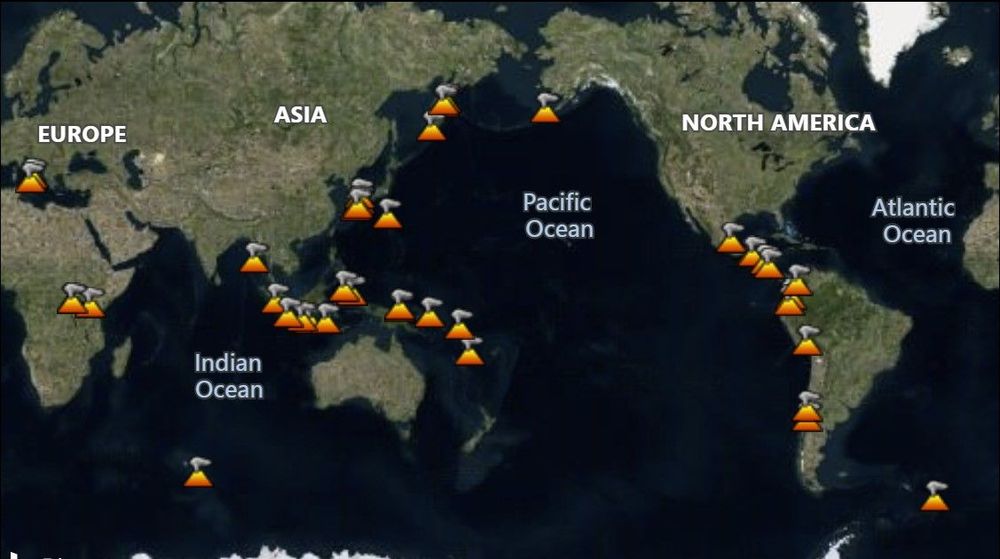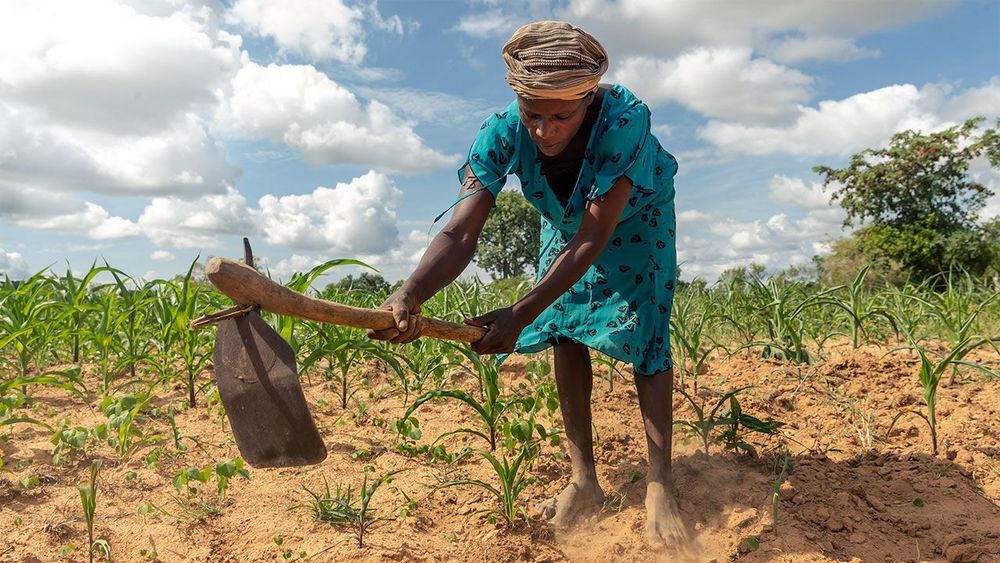Earlier this year, the layer of ozone over the Arctic thinned out enough to be considered a serious sized hole. It wasn’t exactly impressive compared with its southern cousin, but it was certainly a lot bigger than we’d ever seen it before.
Now, according to surveillance by the Copernicus Atmosphere Monitoring Service (CAMS), we can breathe a sigh of relief. It’s healed up again.
That’s great news for ecosystems below, which rely on concentrations of ozone gas high up in the stratosphere to act as a planetary-scale sunscreen against damaging showers of UV radiation.









